




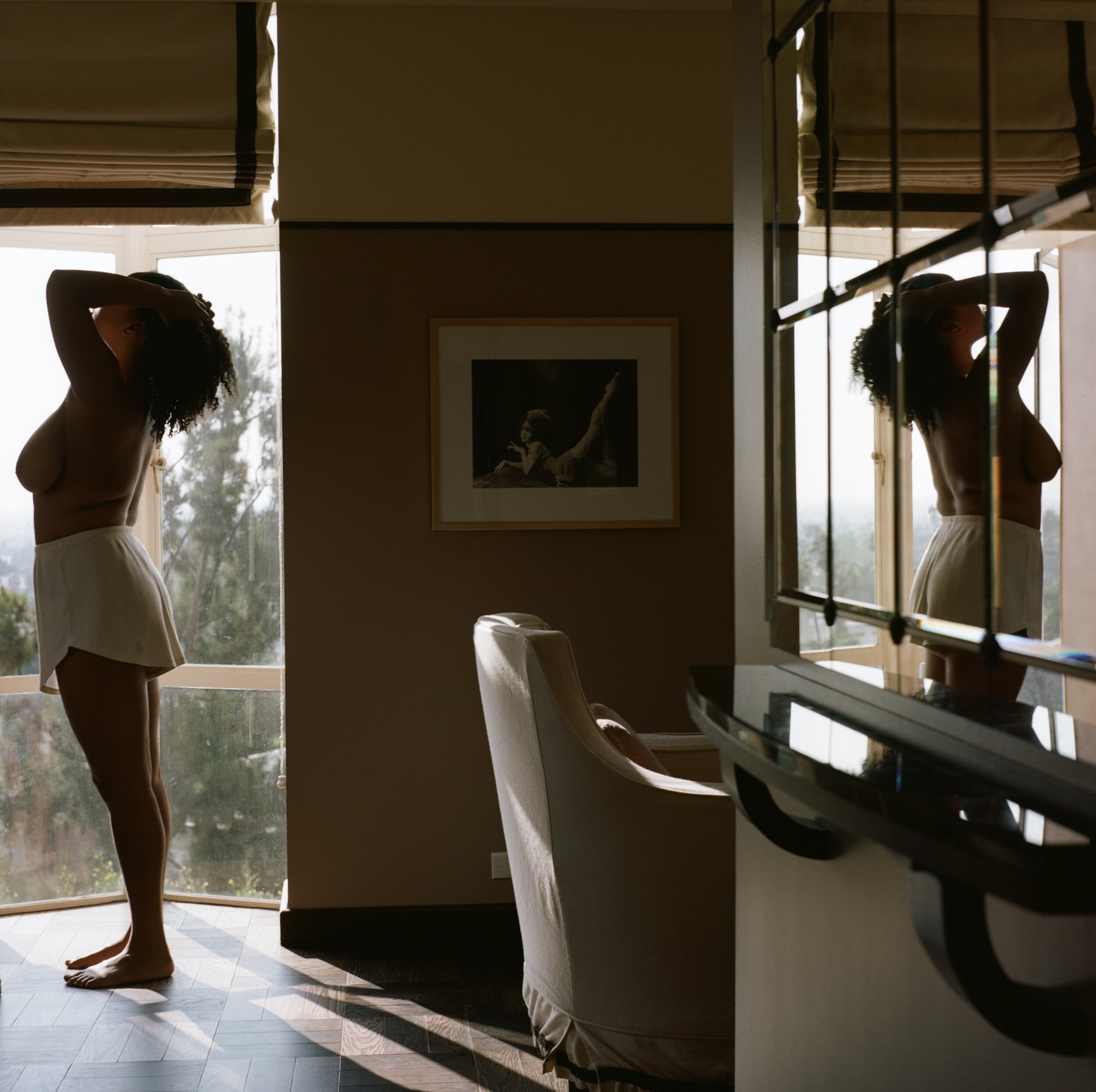






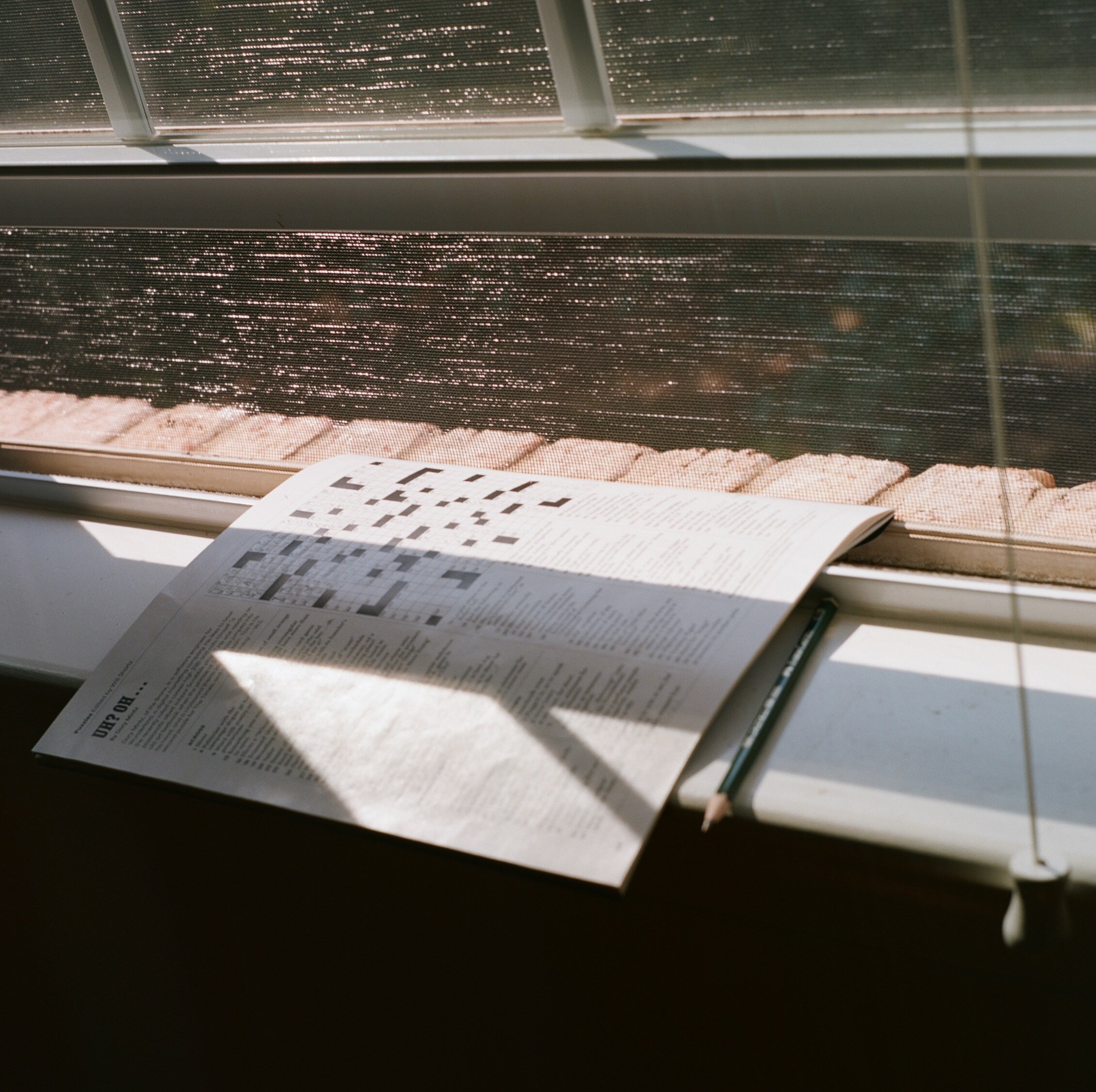

















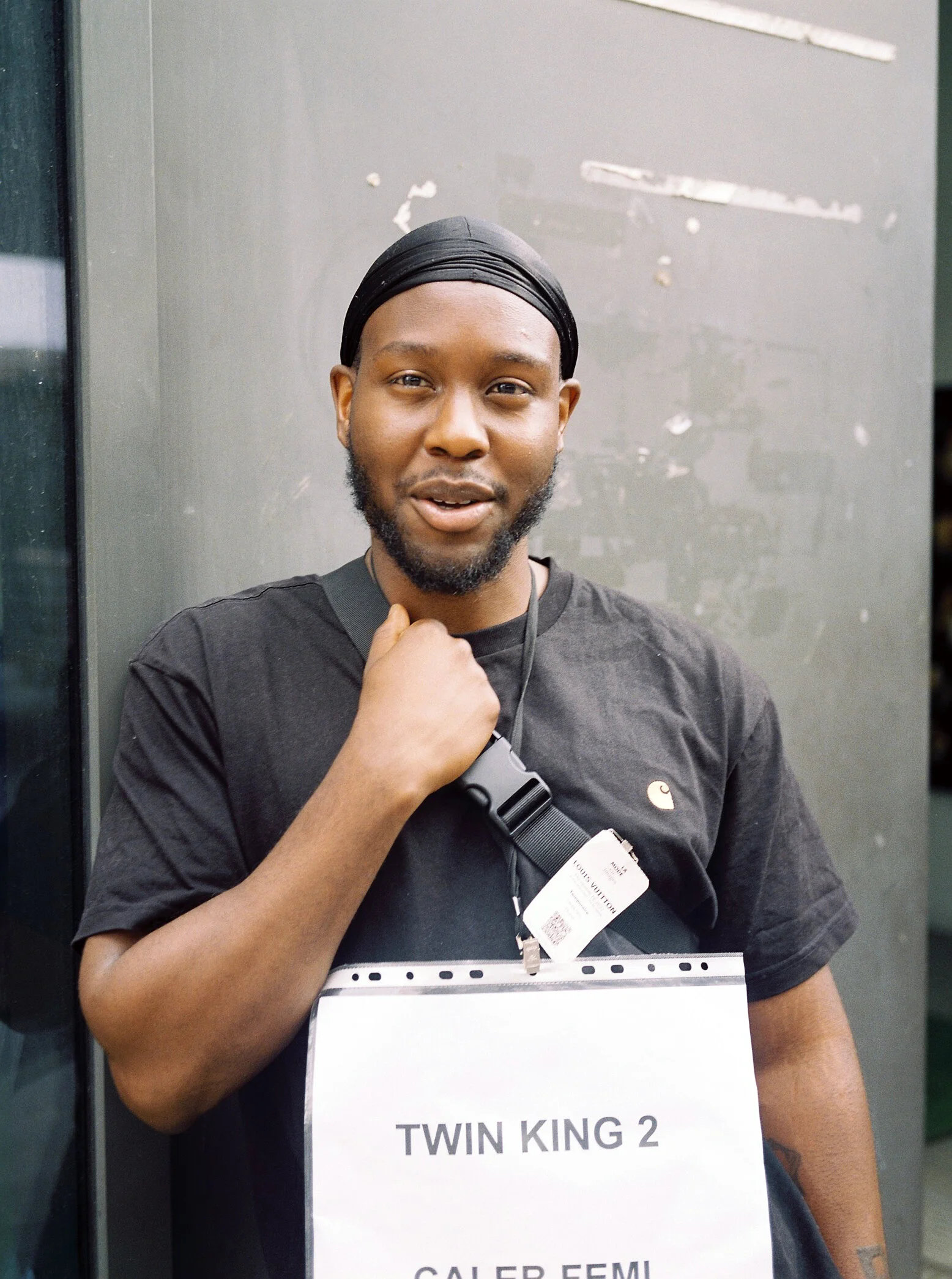





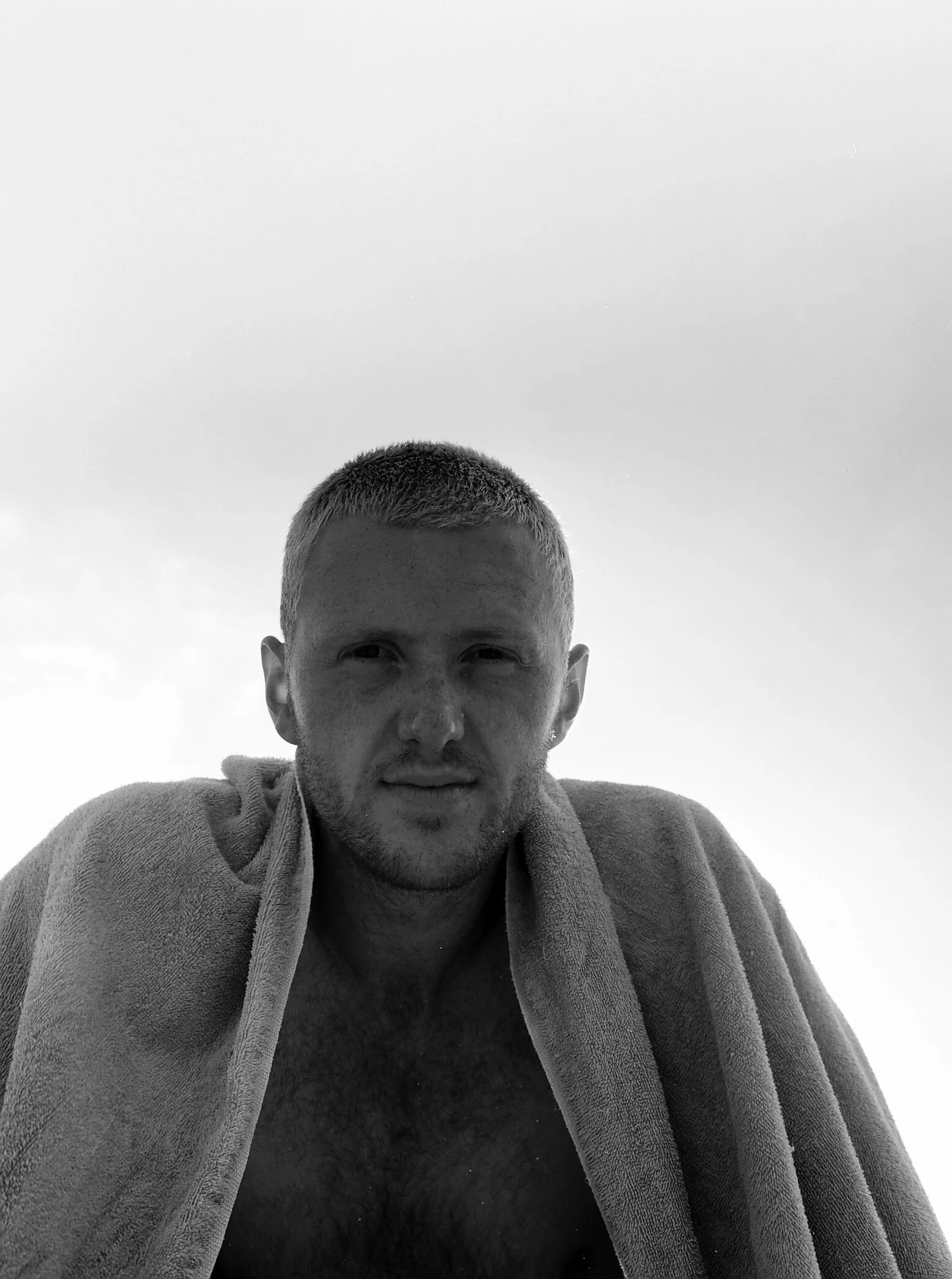








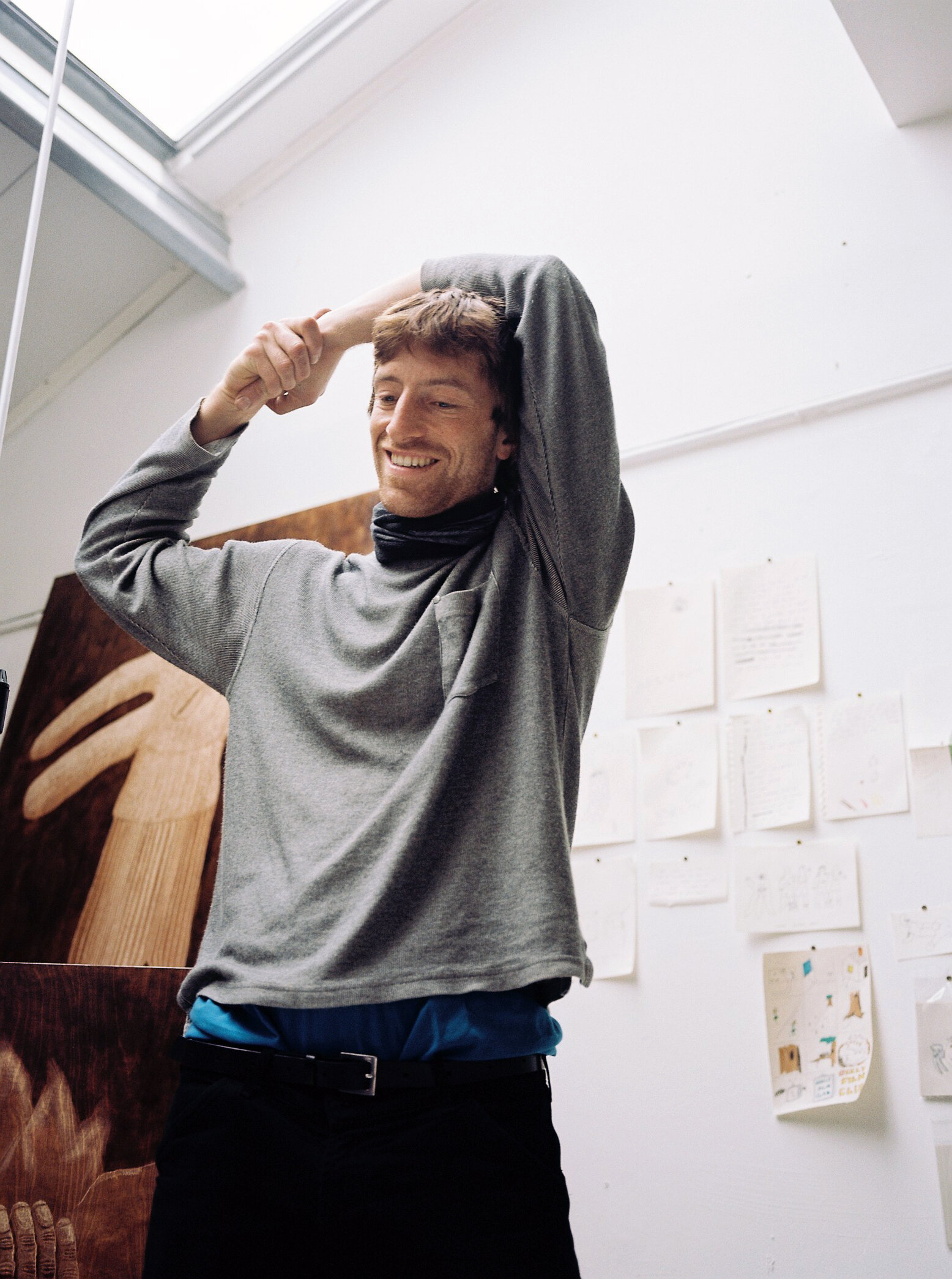

















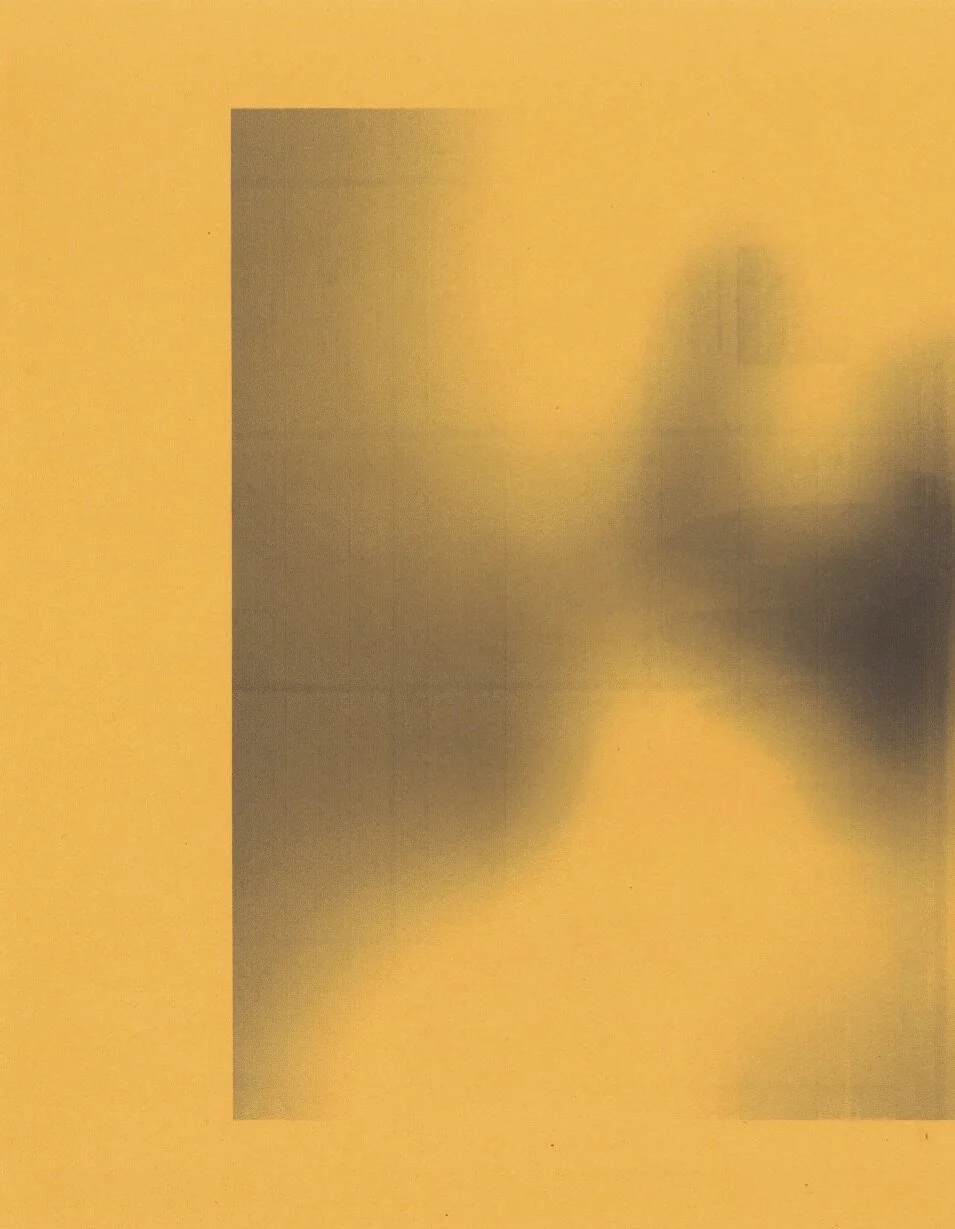


























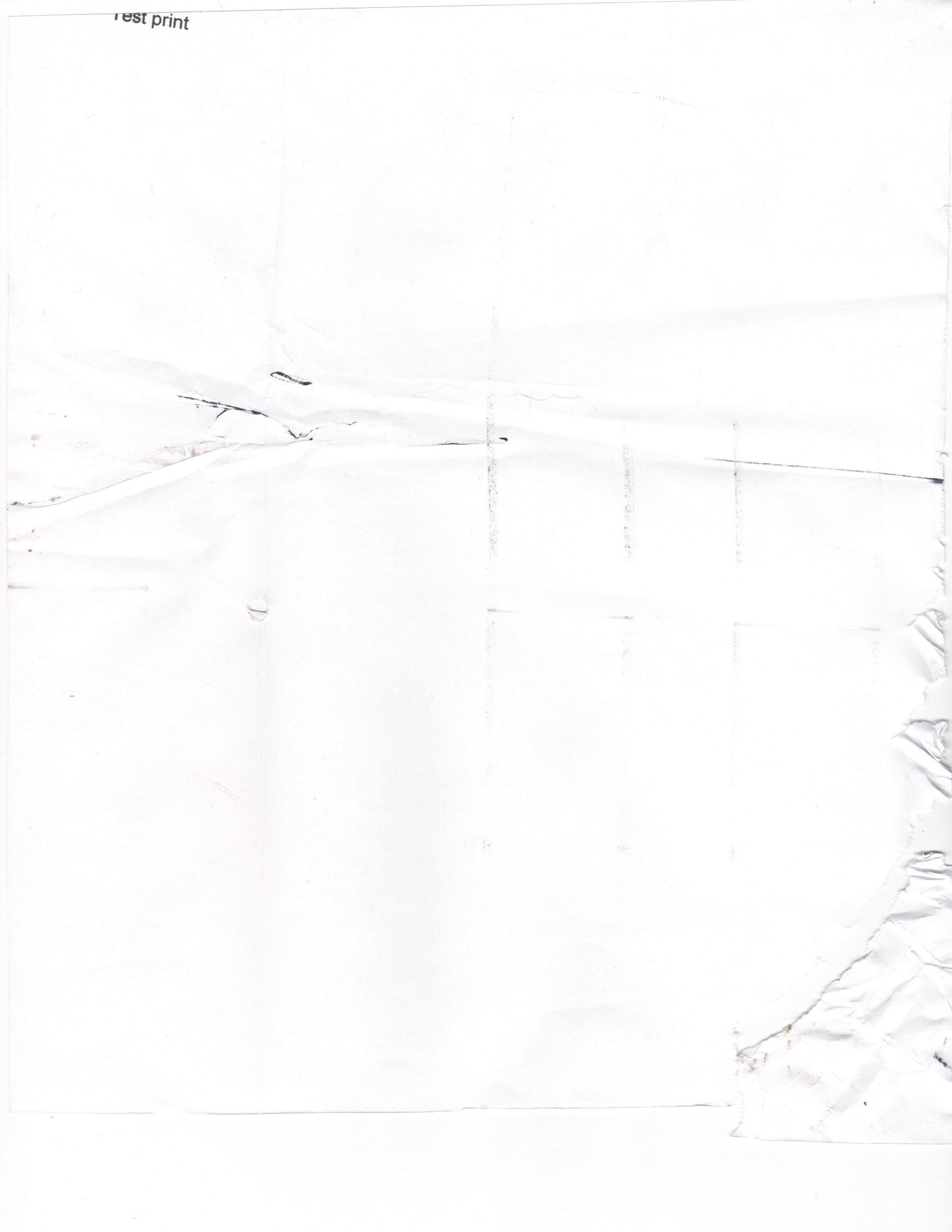


































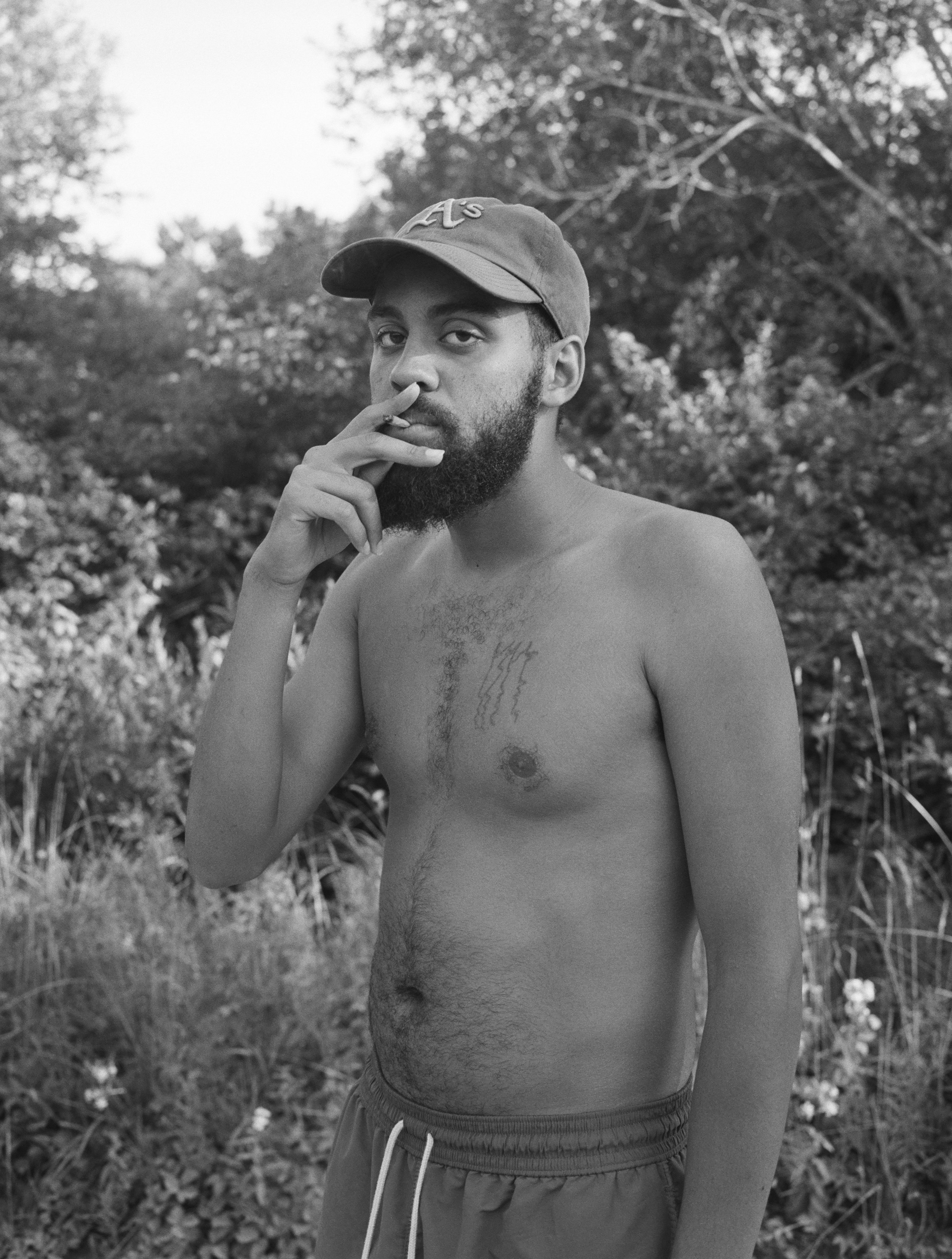












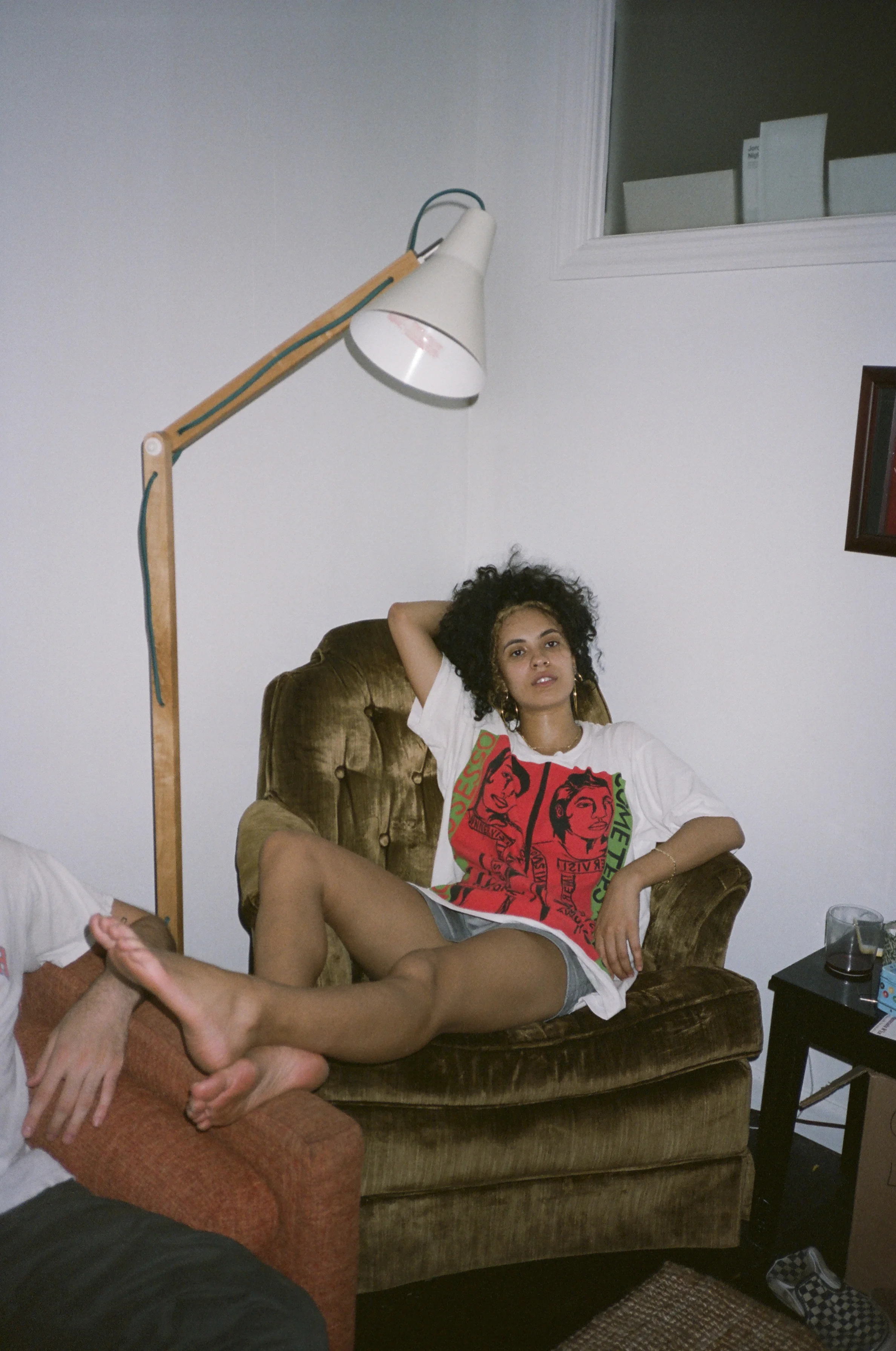













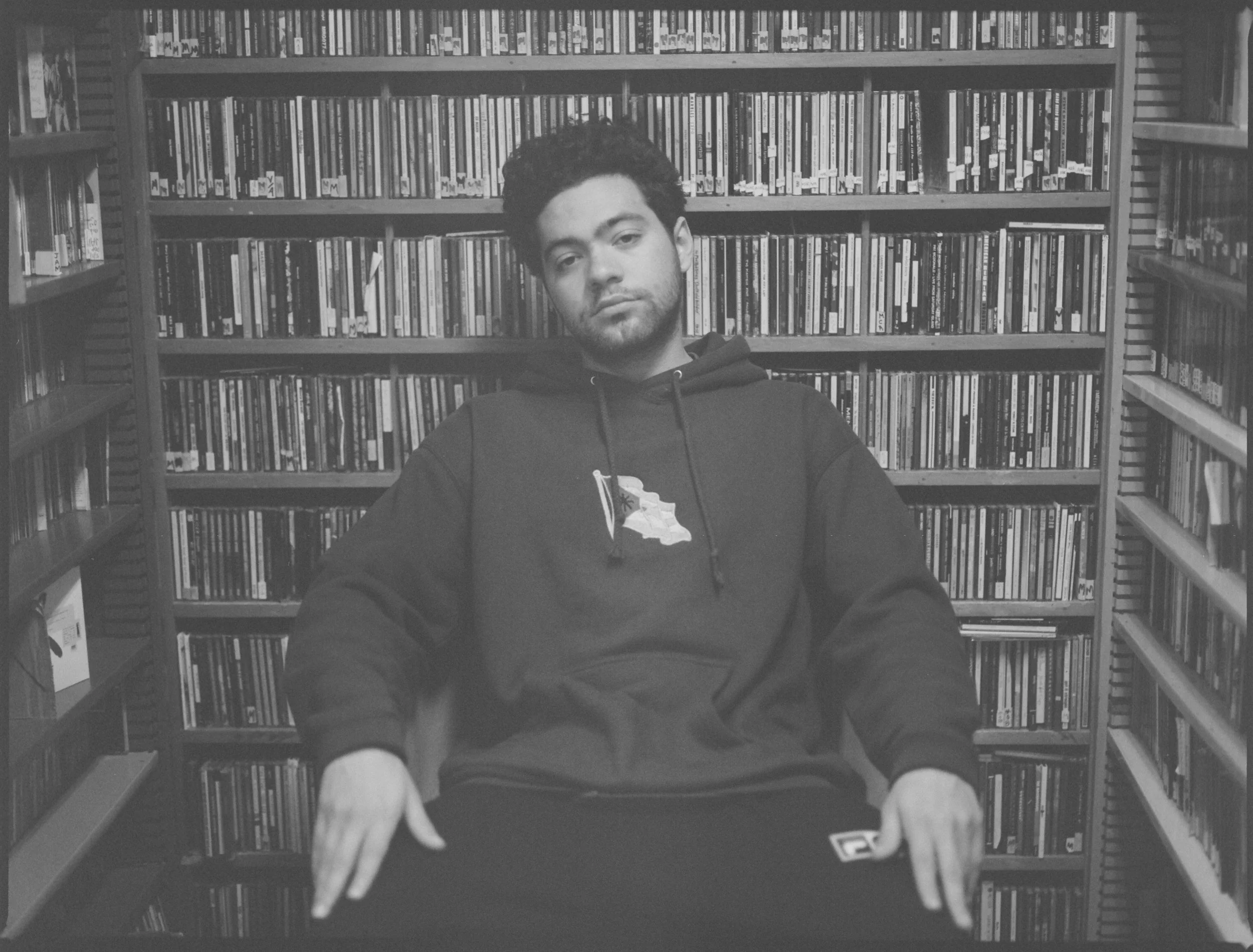
































My Parental Figures (lol); Tokyo, Japan, 2005.
My mom recently uncovered a treasure trove of images saved across CD-Roms from our 2005 family trip to Japan. Among the blurry proto-digital photos of myself as a child was an image of my parents that was clearly taken by me, aged 7. This image has come to mean a lot to me for reasons related to my experience of my childhood, and the ways they are echoed by the formal attributes of the picture. Was my finger on the flash? Was the photo even intentional? I would love to be able to recall the expressions on my parents faces—were they annoyed? This image would have been made shortly before they separated, and it has become a reparative vehicle for me to imagine the emotional particulars of our home dynamic, which I struggled to confront in my adolesense.

Elyas Polat and Omar Sesay after the screening of AMEN BREAK, Louis Vuitton Men's SS22 Collection Film; Paris, France. June, 2021.

Notes from March 2021.
I’m less and less interested in photography as a 1:1 representation. My attraction to images is in their failure. I often find myself honing in on their physical faults – a bit of scratched emulsion on the surface or a face rendered an indistinct blur. Lacking a physical relationship to my practice of photography (my search for a public/coop darkroom in a new city came to an abrupt halt w/ covid, and my will to “make photos” with any sort of premeditation has waned without the physical practice) has led to a different way of working. I guess the seeds for this new approach were beginning to be sewn at the end of my time in school, when accidentally re-contextualizing two photographs – one taken at the Parthenon, and one on Myrtle Avenue – gave way to a series of thoughts about infrastructure, antiquity, and ruin as a bodily relationship. When I do feel inspired to play with images, my priority has been editing and recombining the existing – cheapening the value of the photo, reducing it to component parts, obscuring those parts, straining them through thin sieves – the scanner bed, desktop printer, the loupe – again and again, in an attempt to maybe find the interior? It’s like adding layers of plaster or clay to the exterior of a structure, just to create a fortified enough shape to withstand its center being hollowed out. What is a photograph if not the truth and what is the truth if not impossible to find [and if a photo is not the truth (which I wholly believe it isn’t) then once again, what is a photo?]

Gucci Beauty by Octavia Bürgel for 032c; New York City, NY. November, 2020.
Art Direction: Ben Broome, Octavia Bürgel
Photography: Octavia Bürgel
Talent: Octavia Bürgel

Hilton Als at the opening dinner for “From Black and White to Living Color: The Collected Motion Pictures and Accompanying Documents of Kara E. Walker, Artist”; London, UK. October, 2019.

June's niece, Melinda, holding the high school portrait of her that still lives in her husband's wallet; London, UK. September, 2019.

Akil wearing Moshood, just before the store moved to Bed-Stuy. Fort Greene, Brooklyn, NY. August, 2019.

My aunt Christiane making coffee a few days before the funeral; Horn am Bodensee, Germany. October, 2015.